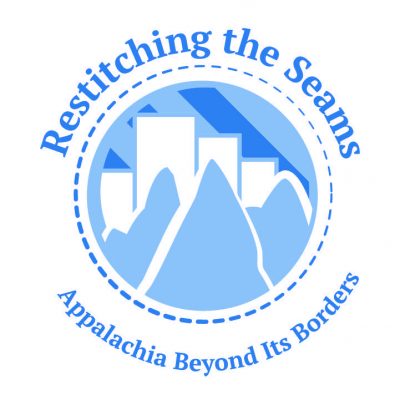Participation Type
Paper
You Never Seen So Much Hair in Your Life
Presentation #1 Abstract or Summary
Common portrayals of the counterculture back-to-the-land movement in the United States suggest it was created by idealistic urban and suburban youth who were unprepared for the rigors of actually living off the land; as a result, according to this view, it was a short-lived effort for most participants. My ethnographic work on back-to-the-landers in the countryside around Berea, Kentucky adds to a growing body of research by scholars such as Dona Brown, Carter Taylor Seaton, and Jinny Turman; this research reveals a complex, large-scale, and important social movement that continues to this day. I will draw on a book manuscript on contemporary homesteading around Berea, tentatively titled Hicks and Hippies, to explore three ways in which reality diverges from stereotype. First, while counterculture back-to-the-landers in that area are indeed progressives and leftists, they are from diverse backgrounds; many of them are from rural Appalachian families. Second, quite a few did begin with limited knowledge of rural subsistence production – but this was often treated as an opportunity rather than a barrier. Finally, even though the quintessential hippie homestead was supposedly a commune, like Morningstar Ranch or The Farm, the majority avoided communes as difficult and prone to failure.
At-A-Glance Bio- Presenter #1
Jason Strange grew up around the homesteads of both eastern Kentucky and northern California. He teaches writing and Peace and Social Justice at Berea College.
Conference Subthemes
Migration
You Never Seen So Much Hair in Your Life
Common portrayals of the counterculture back-to-the-land movement in the United States suggest it was created by idealistic urban and suburban youth who were unprepared for the rigors of actually living off the land; as a result, according to this view, it was a short-lived effort for most participants. My ethnographic work on back-to-the-landers in the countryside around Berea, Kentucky adds to a growing body of research by scholars such as Dona Brown, Carter Taylor Seaton, and Jinny Turman; this research reveals a complex, large-scale, and important social movement that continues to this day. I will draw on a book manuscript on contemporary homesteading around Berea, tentatively titled Hicks and Hippies, to explore three ways in which reality diverges from stereotype. First, while counterculture back-to-the-landers in that area are indeed progressives and leftists, they are from diverse backgrounds; many of them are from rural Appalachian families. Second, quite a few did begin with limited knowledge of rural subsistence production – but this was often treated as an opportunity rather than a barrier. Finally, even though the quintessential hippie homestead was supposedly a commune, like Morningstar Ranch or The Farm, the majority avoided communes as difficult and prone to failure.

